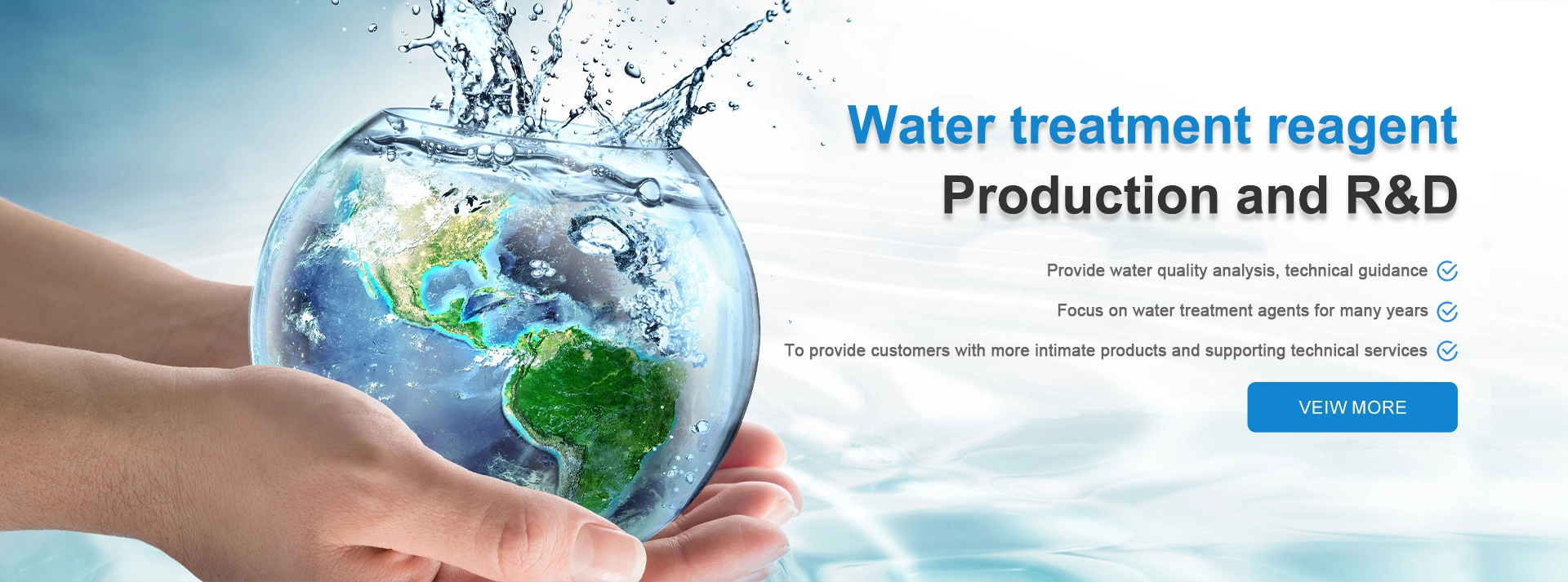what is poly aluminium chloride
What is Poly Aluminium Chloride?
Poly Aluminium Chloride (PAC) is a type of inorganic polymer primarily used in water treatment processes, particularly in the purification of drinking water, wastewater treatment, and paper manufacturing. Its unique properties make it an effective coagulant, which is essential for removing suspended particles and impurities from water.
Chemical Composition and Structure
PAC is a compound formed by the polymerization of aluminium chloride (AlCl3) and is characterized by its ability to form various complexes with a wide range of anions. The basic formula varies based on its manufacturing process and the aluminum-to-chlorine ratio, typically ranging from Al2(OH)nCl6-n to Aln(OH)mCl3n. These structures contain hydroxyl and chloride groups that help in coagulation and flocculation processes.
The polymer chain structure of PAC contributes to its effectiveness as a coagulant. It consists of aluminum ions that can connect with hydroxide ions and other anions, forming a network that traps suspended particles in water. This property enhances the coagulation efficiency, leading to improved sedimentation rates and clearer water.
Applications of Poly Aluminium Chloride
1. Water Treatment One of the primary applications of PAC is in municipal water treatment facilities. It effectively removes turbidity, suspended solids, and organic matter from raw water, making it suitable for human consumption. The use of PAC results in improved water clarity and quality, ensuring compliance with health standards.
2. Wastewater Treatment PAC is widely utilized in the treatment of industrial wastewater. It aids in the removal of heavy metals, phosphates, and other contaminants from the water before it is discharged into the environment. By doing so, PAC helps in mitigating pollution and protecting aquatic ecosystems.
3. Paper Production In the paper manufacturing industry, PAC serves as an important additive. It helps improve the retention of fiber and fillers, leading to enhanced paper quality. Moreover, it aids in the efficient removal of impurities from the pulp during the production process.
what is poly aluminium chloride

4. Cosmetics and Personal Care Products Due to its coagulating and thickening properties, PAC is also found in various cosmetic formulations and personal care products. It plays a role in stabilizing emulsions and improving the texture of creams and lotions.
5. Construction Industry PAC is used in the construction sector as a setting agent and to enhance the strength of concrete. Its properties can help in the reduction of water permeability and improve the adhesion of cement-based materials.
Advantages of Using PAC
- High Efficiency PAC is more efficient than traditional coagulants like alum, often requiring a lower dosage to achieve similar or better results. This can lead to cost savings and reduced chemical usage. - Wide pH Range It performs effectively in a broader pH range, making it versatile for different types of water sources and treatment conditions. - Reduced Sludge Production The resultant sludge from PAC treatment typically has a lower volume and is easier to manage than that produced by other coagulants. - Improved Water Quality The use of PAC can enhance the overall quality of treated water, resulting in fewer issues related to odor and color.
Safety and Environmental Considerations
PAC is generally regarded as safe for use in water treatment applications. However, like all chemicals, it should be handled with care. Environmental regulations must be followed during its use, storage, and disposal to prevent adverse effects on ecosystems.
Additionally, while PAC provides effective treatment solutions, ongoing research is critical to explore its long-term safety, particularly in consumer products and its impact on health and the environment.
Conclusion
Poly Aluminium Chloride is a versatile and highly effective coagulant with significant applications in water treatment, industrial processes, and more. Its unique chemical properties facilitate the removal of impurities from water, promoting cleaner and safer water sources. As industries continue to seek sustainable and efficient treatment solutions, PAC remains at the forefront of modern water treatment technologies. Advances in research and application will likely enhance its efficacy and broaden its utility in various fields in the future.
-
Pbtc Scale InhibitorPBTC: A Scale Protector for Industrial Water TreatmentNewsAug.05,2025
-
Organic Phosphonate: An Efficient Defender in the Field of Scale InhibitionNewsAug.05,2025
-
Hydrolyzed Polymaleic Anhydride: Green Pioneer in Scale Inhibition FieldNewsAug.05,2025
-
PAPEMP Polyamino Polyether Methylene Phosphonic Acid For SaleNewsAug.05,2025
-
Flocculant Water Treatment: A Pioneer in Purification in the Field of Water TreatmentNewsAug.05,2025
-
Benzyl Isothiazolinone: An Efficient and Broad-Spectrum Antibacterial Protective GuardNewsAug.05,2025





